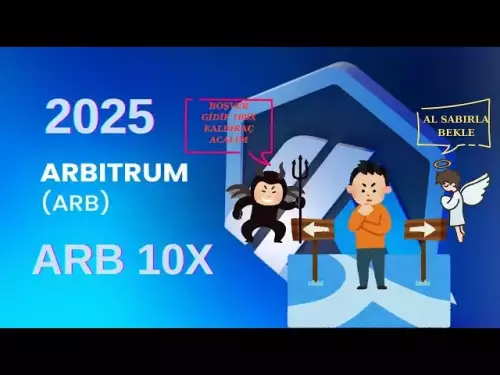-
 Bitcoin
Bitcoin $111000
1.68% -
 Ethereum
Ethereum $4289
-0.42% -
 XRP
XRP $2.830
2.60% -
 Tether USDt
Tether USDt $1.000
-0.01% -
 BNB
BNB $849.8
0.18% -
 Solana
Solana $208.0
4.92% -
 USDC
USDC $0.9999
0.00% -
 Dogecoin
Dogecoin $0.2130
1.23% -
 TRON
TRON $0.3371
0.04% -
 Cardano
Cardano $0.8289
3.22% -
 Chainlink
Chainlink $23.25
3.34% -
 Hyperliquid
Hyperliquid $44.68
3.12% -
 Ethena USDe
Ethena USDe $1.001
0.01% -
 Sui
Sui $3.318
2.93% -
 Bitcoin Cash
Bitcoin Cash $580.2
6.25% -
 Stellar
Stellar $0.3633
2.30% -
 Avalanche
Avalanche $24.40
5.43% -
 Hedera
Hedera $0.2200
3.20% -
 Cronos
Cronos $0.2739
3.94% -
 UNUS SED LEO
UNUS SED LEO $9.551
0.01% -
 Litecoin
Litecoin $111.0
1.76% -
 Toncoin
Toncoin $3.160
1.58% -
 Shiba Inu
Shiba Inu $0.00001235
2.28% -
 Polkadot
Polkadot $3.800
2.85% -
 Uniswap
Uniswap $9.501
1.73% -
 Bitget Token
Bitget Token $5.165
10.67% -
 World Liberty Financial
World Liberty Financial $0.2236
-9.69% -
 Dai
Dai $0.9998
-0.01% -
 Monero
Monero $267.2
2.64% -
 Aave
Aave $313.6
2.60%
What is slashing in Proof of Stake?
Slashing penalizes dishonest or negligent validators in PoS networks, protecting blockchain integrity by economically disincentivizing malicious behavior.
Sep 03, 2025 at 10:00 am
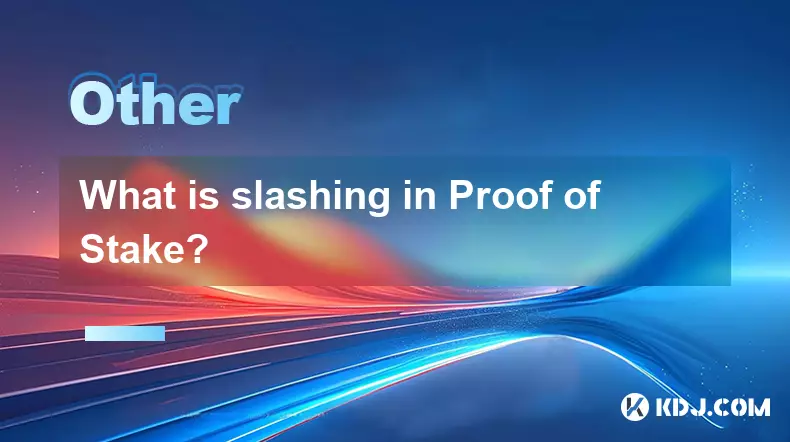
Understanding Slashing in Proof of Stake Networks
1. Slashing is a penalty mechanism used in Proof of Stake (PoS) blockchain systems to enforce honesty and reliability among validators. Validators are responsible for proposing and attesting to new blocks. If they act maliciously or fail to perform their duties correctly, they risk losing a portion of their staked cryptocurrency.
2. The primary goal of slashing is to deter bad behavior such as double-signing blocks, going offline for extended periods, or attempting to validate conflicting chains. These actions can compromise the integrity and security of the blockchain. By imposing financial penalties, PoS networks ensure that validators have a strong incentive to follow protocol rules.
3. Slashing conditions vary between different blockchain platforms. For example, in Ethereum’s PoS implementation, a validator can be slashed for signing two different blocks at the same height or for submitting contradicting checkpoint votes. These are considered critical violations because they can lead to consensus failures or even chain splits.
4. When slashing occurs, a validator's staked funds are partially or fully confiscated. The amount deducted depends on the severity and frequency of the violation. In some cases, the entire stake may be removed, and the validator is ejected from the network. This process is irreversible and designed to maintain trust in the system.
5. Slashing also involves a social coordination aspect. Some networks implement a “quadratic leak” mechanism, where if a large number of validators are slashed simultaneously, the remaining staked funds gradually decrease over time until the network can recover. This prevents a total halt in block production during large-scale failures.
How Slashing Protects Network Integrity
1. By introducing financial consequences for misbehavior, slashing strengthens the economic security model of PoS blockchains. Validators must weigh the potential gains from cheating against the high cost of being caught and penalized.
2. Slashing ensures that maintaining network honesty is more profitable than attempting to subvert it. This economic alignment is crucial for decentralized systems where no central authority enforces compliance.
3. The threat of losing staked assets discourages validators from running outdated or faulty software. It promotes operational diligence, including maintaining high uptime and securing private keys against compromise.
4. In the event of an attempted attack—such as a long-range or finality attack—slashing mechanisms can automatically penalize malicious actors, making such attacks economically unfeasible. This self-correcting feature enhances the resilience of the network.
5. Transparency in slashing events allows the community to monitor validator behavior. Public records of penalties help users choose reliable staking providers and increase overall accountability within the ecosystem.
The Role of Slashing in Decentralized Governance
1. Slashing policies are often defined at the protocol level and can be modified through on-chain governance mechanisms in some blockchains. This allows stakeholders to adapt penalty rules in response to emerging threats or operational challenges.
2. Community-driven updates to slashing parameters ensure that the network remains robust against evolving attack vectors. For instance, adjustments to minimum staking amounts or penalty multipliers can influence validator behavior without requiring hard forks.
3. Slashing acts as a built-in enforcement tool that complements decentralized decision-making processes. It enables networks to maintain order without relying on external legal or regulatory frameworks.
4. Validator clients are designed to prevent accidental slashing by including safeguards such as double-signing protection and clock synchronization checks. These tools help reduce human error while preserving the strictness of the penalty system.
5. The existence of slashing encourages collaboration among validator operators to share best practices and improve infrastructure standards, fostering a more secure and professional staking environment.
Frequently Asked Questions
What happens to the tokens lost during slashing?The confiscated tokens are typically burned or redistributed to honest validators as rewards. This varies by blockchain; in Ethereum, a portion is burned while another may be used to incentivize reporting of malicious activity.
Can a validator recover from being slashed?Partial slashing may allow a validator to continue operating after a penalty, though with reduced influence. Full slashing results in removal from the validator set, requiring the operator to re-stake and go through the activation queue again if they wish to return.
How are slashing events detected?Specialized software called slashers monitors the blockchain for violations like double-signing. These tools run alongside validator clients and submit evidence to the network, triggering automatic penalties.
Is slashing unique to Ethereum?No, slashing is implemented in various PoS blockchains including Cosmos, Solana, and Polkadot. Each network defines its own rules and penalty structures based on its consensus design and security assumptions.
Disclaimer:info@kdj.com
The information provided is not trading advice. kdj.com does not assume any responsibility for any investments made based on the information provided in this article. Cryptocurrencies are highly volatile and it is highly recommended that you invest with caution after thorough research!
If you believe that the content used on this website infringes your copyright, please contact us immediately (info@kdj.com) and we will delete it promptly.
- Investor's Crypto 3-Coin Combo: Little Pepe Leads the Pack?
- 2025-09-03 16:45:15
- Bitcoin Price, Crypto Analysis, and Avalon X: What's Moving the Market?
- 2025-09-03 16:25:16
- Ethereum's Whale Watch: Navigating Market Stability in the Crypto Sea
- 2025-09-03 15:10:12
- BNB, SYC, and Presale Projects: Navigating the 2025 Crypto Landscape
- 2025-09-03 15:25:11
- Bitcoin ETFs vs. Ethereum ETFs: Decoding the Inflows and Outflows in the Crypto Wild West
- 2025-09-03 15:30:12
- ETH Staking, Entry Queue, and Institutions: A New Era of Crypto Investment
- 2025-09-03 15:35:14
Related knowledge
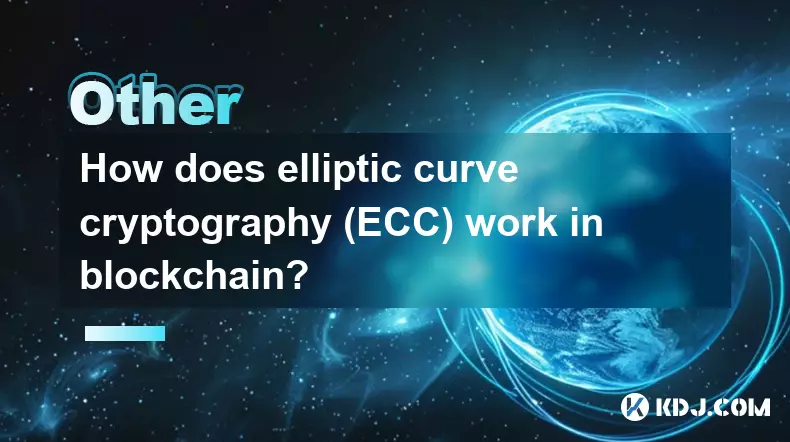
How does elliptic curve cryptography (ECC) work in blockchain?
Sep 03,2025 at 11:55am
Understanding Elliptic Curve Cryptography in Blockchain1. Elliptic Curve Cryptography (ECC) plays a foundational role in securing blockchain networks....

What is slashing in Proof of Stake?
Sep 03,2025 at 10:00am
Understanding Slashing in Proof of Stake Networks1. Slashing is a penalty mechanism used in Proof of Stake (PoS) blockchain systems to enforce honesty...

How do you participate in a project's governance?
Sep 02,2025 at 09:01pm
Understanding Governance in Blockchain Projects1. Governance in blockchain ecosystems allows token holders to influence the direction and policies of ...
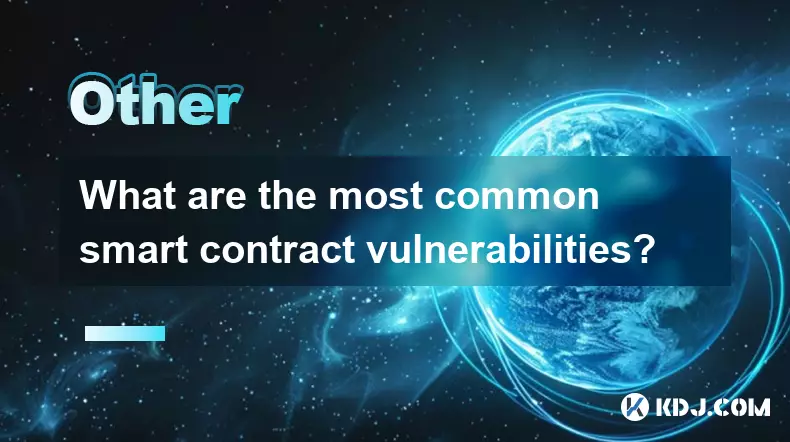
What are the most common smart contract vulnerabilities?
Sep 03,2025 at 09:18am
Reentrancy Attacks1. Reentrancy is one of the most notorious vulnerabilities in smart contracts, famously exploited in the DAO attack. It occurs when ...
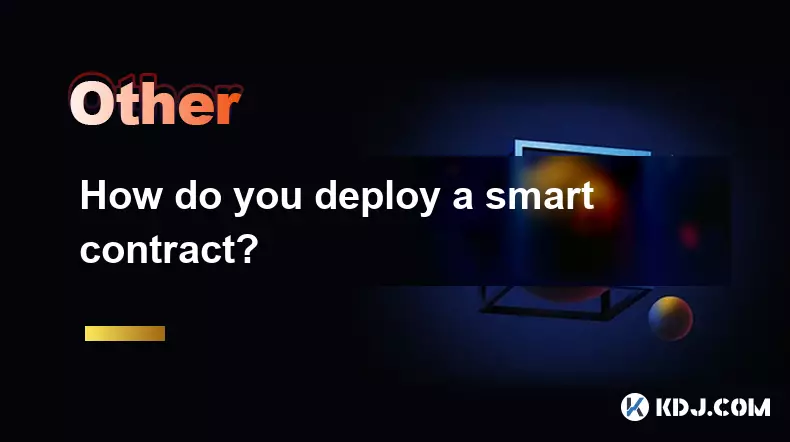
How do you deploy a smart contract?
Sep 03,2025 at 01:54pm
Understanding Smart Contract DeploymentDeploying a smart contract involves uploading its code to a blockchain network where it becomes immutable and e...
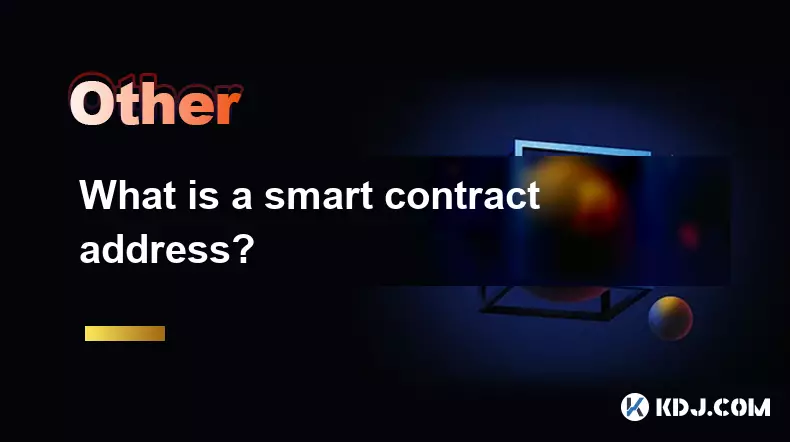
What is a smart contract address?
Sep 03,2025 at 04:36am
Understanding Smart Contract Addresses in BlockchainA smart contract address is a unique identifier on a blockchain network where a smart contract res...

How does elliptic curve cryptography (ECC) work in blockchain?
Sep 03,2025 at 11:55am
Understanding Elliptic Curve Cryptography in Blockchain1. Elliptic Curve Cryptography (ECC) plays a foundational role in securing blockchain networks....

What is slashing in Proof of Stake?
Sep 03,2025 at 10:00am
Understanding Slashing in Proof of Stake Networks1. Slashing is a penalty mechanism used in Proof of Stake (PoS) blockchain systems to enforce honesty...

How do you participate in a project's governance?
Sep 02,2025 at 09:01pm
Understanding Governance in Blockchain Projects1. Governance in blockchain ecosystems allows token holders to influence the direction and policies of ...

What are the most common smart contract vulnerabilities?
Sep 03,2025 at 09:18am
Reentrancy Attacks1. Reentrancy is one of the most notorious vulnerabilities in smart contracts, famously exploited in the DAO attack. It occurs when ...

How do you deploy a smart contract?
Sep 03,2025 at 01:54pm
Understanding Smart Contract DeploymentDeploying a smart contract involves uploading its code to a blockchain network where it becomes immutable and e...

What is a smart contract address?
Sep 03,2025 at 04:36am
Understanding Smart Contract Addresses in BlockchainA smart contract address is a unique identifier on a blockchain network where a smart contract res...
See all articles
























